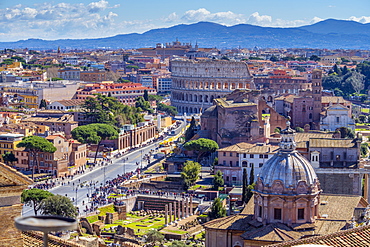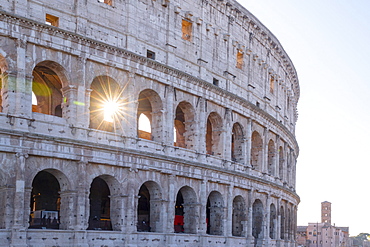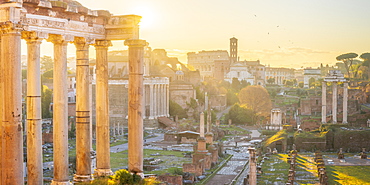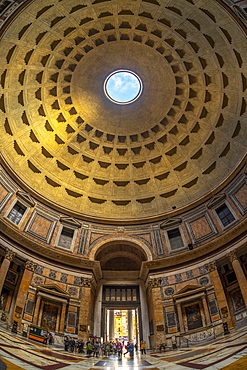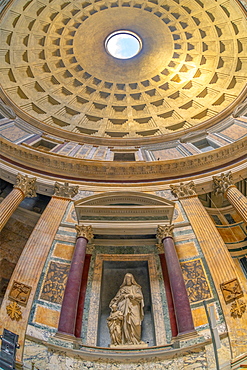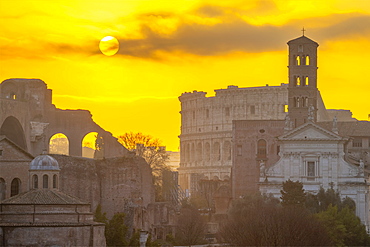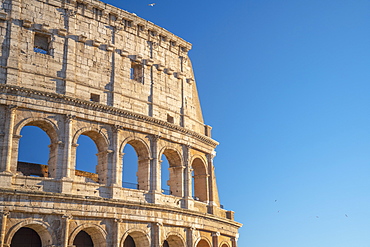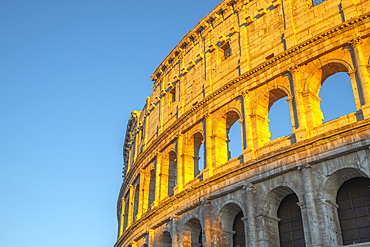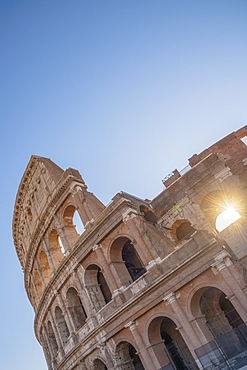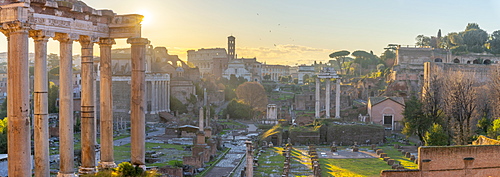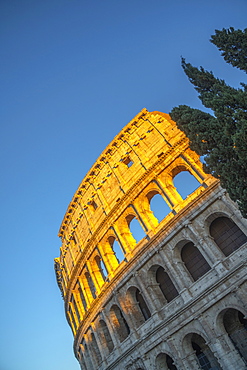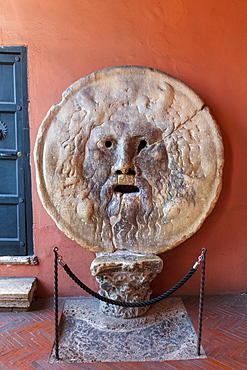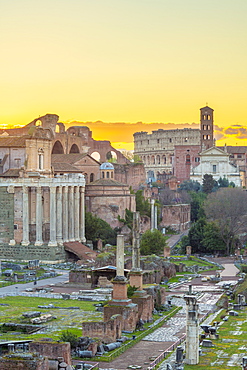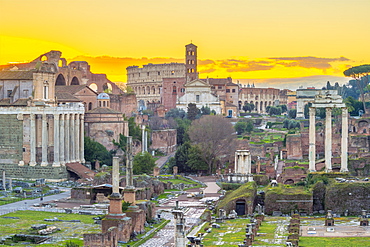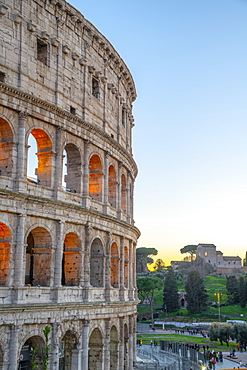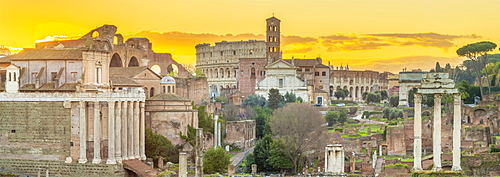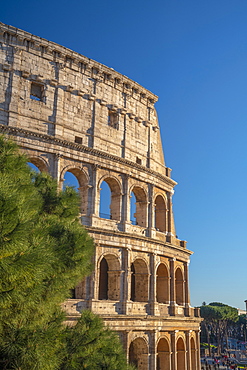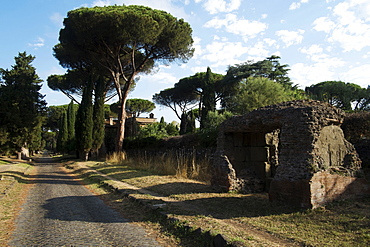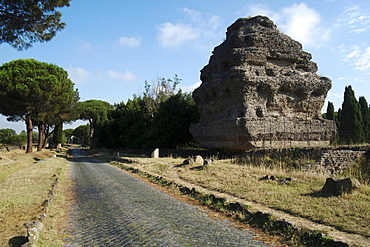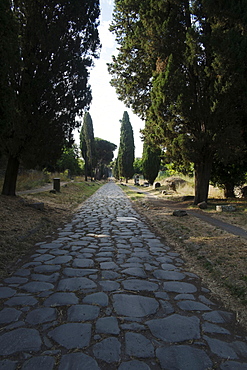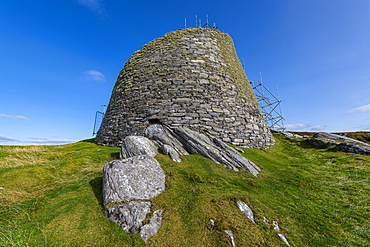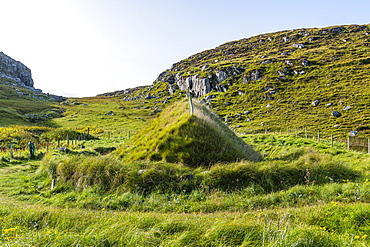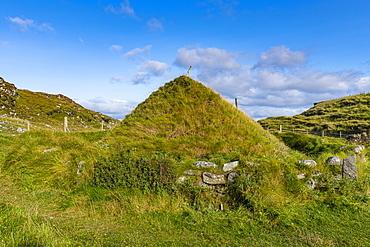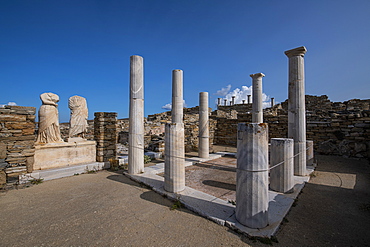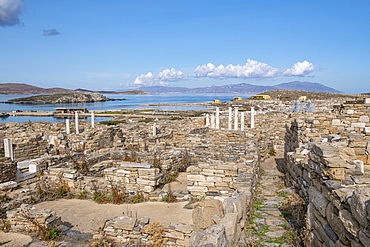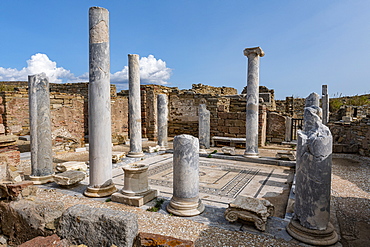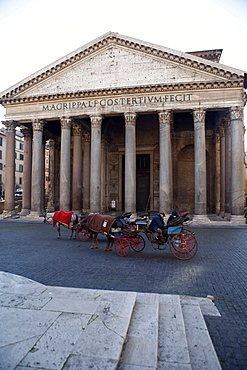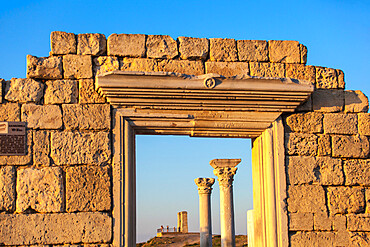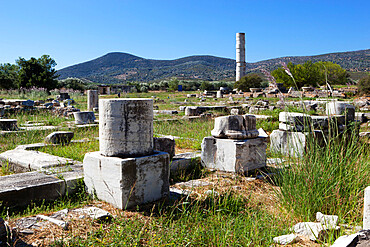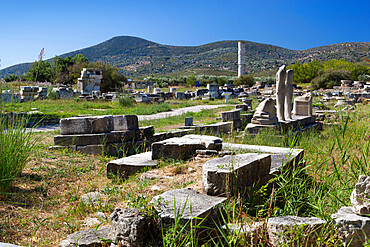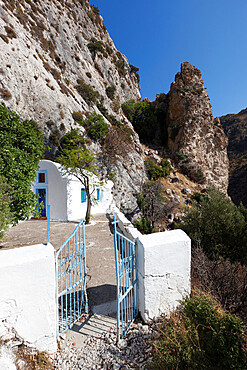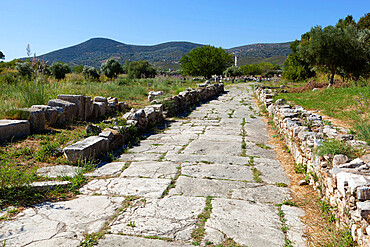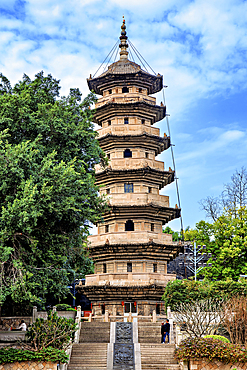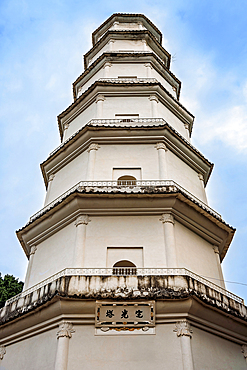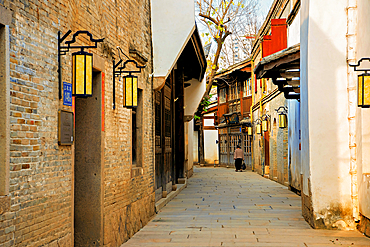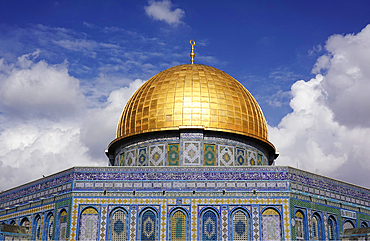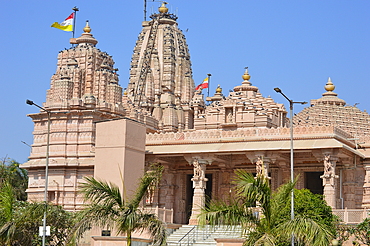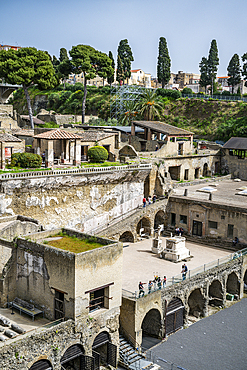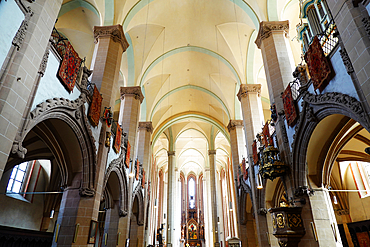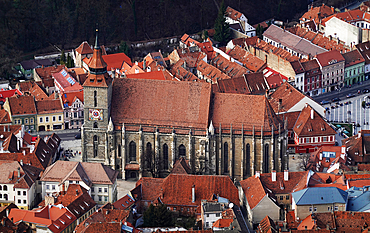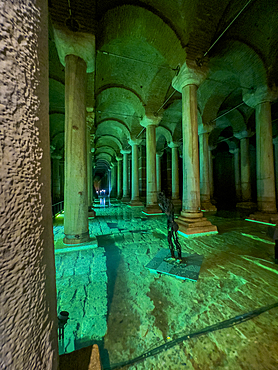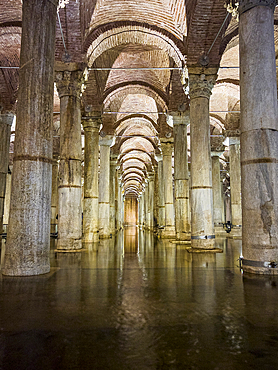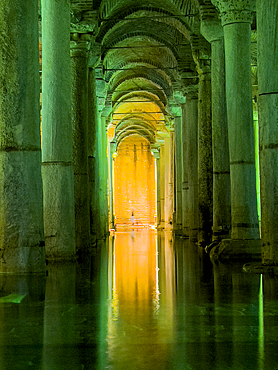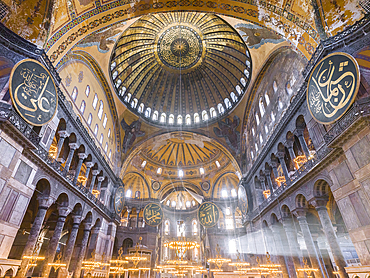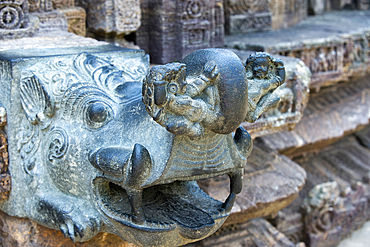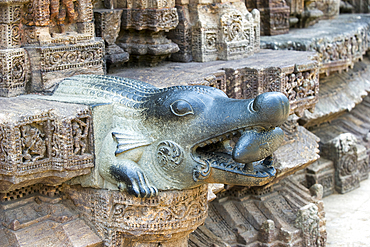Results
« Previous 1 … 48 49 50 51 52 … 67 Next »
6651 results found
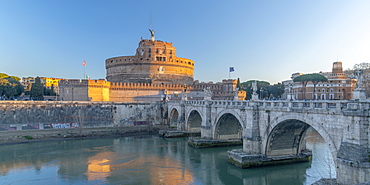
St. Angelo Bridge (Ponte Sant'Angelo) and Castel Sant'Angelo, UNESCO World Heritage Site, Rome, Lazio, Italy, Europe
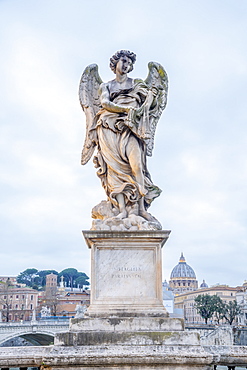
Ponte Sant'Angelo, St. Peter's Basilica in background, UNESCO World Heritage Site, Rome, Lazio, Italy, Europe
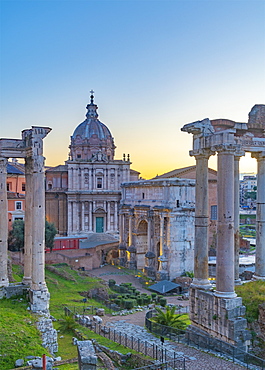
Church of Santi Luca e Martina and Septimius Severus Arch (Arco di Settimio Severo), Forum, UNESCO World Heritage Site, Rome, Lazio, Italy, Europe
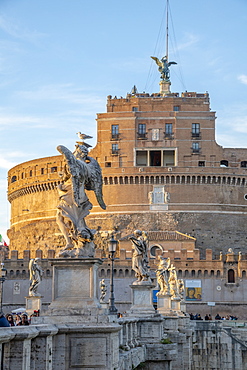
St. Angelo Bridge (Ponte Sant'Angelo) and Castel Sant'Angelo, UNESCO World Heritage Site, Rome, Lazio, Italy, Europe
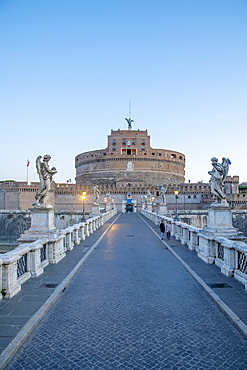
St. Angelo Bridge (Ponte Sant'Angelo) and Castel Sant'Angelo, UNESCO World Heritage Site, Rome, Lazio, Italy, Europe
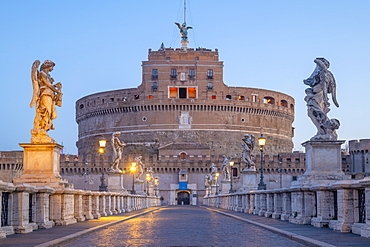
St. Angelo Bridge (Ponte Sant'Angelo) and Castel Sant'Angelo, UNESCO World Heritage Site, Rome, Lazio, Italy, Europe
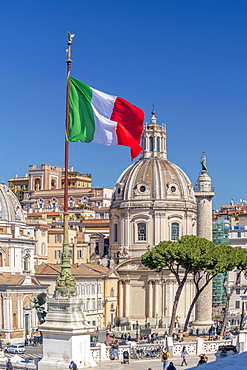
Church of the Most Holy Name of Mary at the Trajan Forum and Trajan's Column, UNESCO World Heritage Site, Rome, Lazio, Italy, Europe
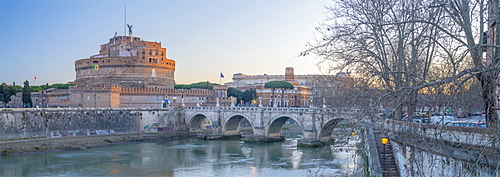
St. Angelo Bridge (Ponte Sant'Angelo) and Castel Sant'Angelo, UNESCO World Heritage Site, Rome, Lazio, Italy, Europe
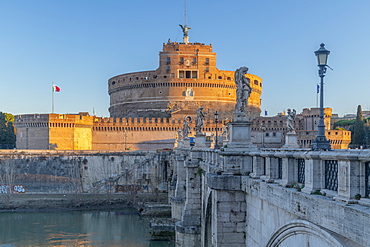
St. Angelo Bridge (Ponte Sant'Angelo) and Castel Sant'Angelo, UNESCO World Heritage Site, Rome, Lazio, Italy, Europe
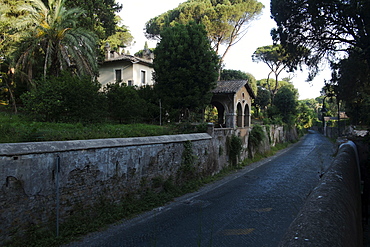
The first stretch of the Appian Road was built by the consular Appio Claudio Cieco (Appius Claudius Caecus) 312 BC, Rome, Lazio, Italy, Europe
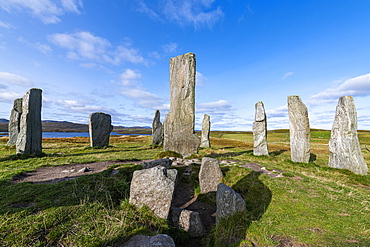
Callanish Stones, standing stones from the Neolithic era, Isle of Lewis, Outer Hebrides, Scotland, United Kingdom, Europe
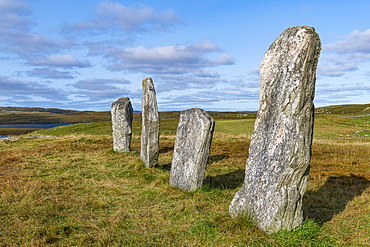
Callanish Stones, standing stones from the Neolithic era, Isle of Lewis, Outer Hebrides, Scotland, United Kingdom, Europe
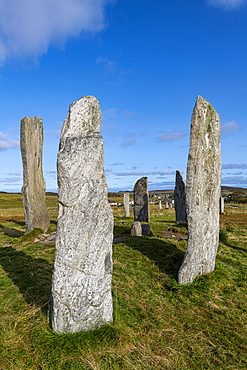
Callanish Stones, standing stones from the Neolithic era, Isle of Lewis, Outer Hebrides, Scotland, United Kingdom, Europe
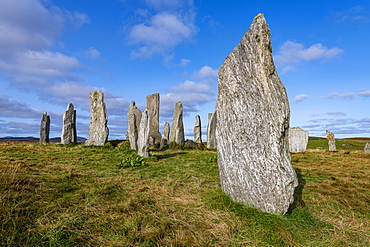
Callanish Stones, standing stones from the Neolithic era, Isle of Lewis, Outer Hebrides, Scotland, United Kingdom, Europe
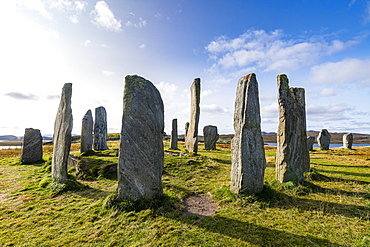
Callanish Stones, standing stones from the Neolithic era, Isle of Lewis, Outer Hebrides, Scotland, United Kingdom, Europe
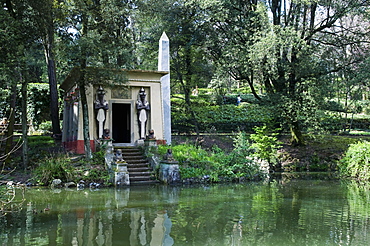
Egyptian temple, Giardino Stibbert, Florence (Firenze), UNESCO World Heritage Site, Tuscany, Italy, Europe
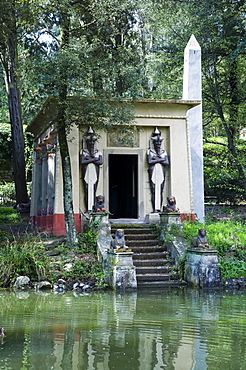
Egyptian temple, Giardino Stibbert, Florence (Firenze), UNESCO World Heritage Site, Tuscany, Italy, Europe
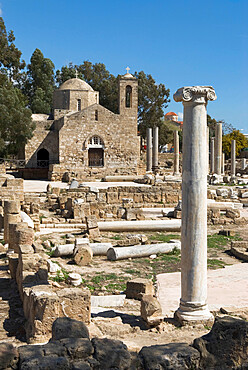
Agia Kyriaki (columns of early Christian Basilica) and the church of Panagia Chrysopolitissa, Paphos, UNESCO World Heritage Site, Cyprus, Europe
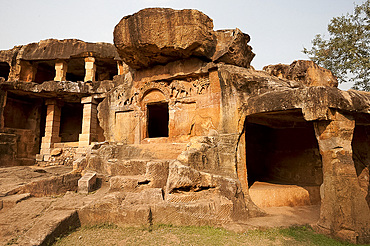
Carving on one of the 18 Udayagiri caves, residences for Jain monks in the time of King Kharavela 2000 years ago, Bhubaneshwar, Orissa, India, Asia
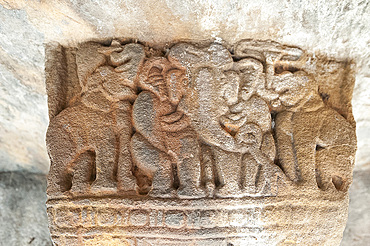
Detail of carving inside one of the 18 Udayagiri caves, used as residences for Jain monks 2000 years ago, Bhubaneshwar, Orissa, India, Asia

Mar Saba, one of the oldest continuously inhabited monasteries in the world, eastern Judean Desert, Israel
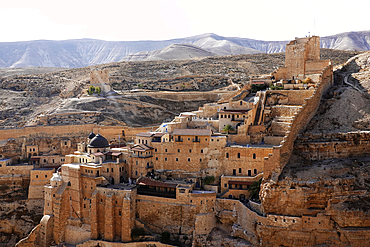
Mar Saba, one of the oldest continuously inhabited monasteries in the world, eastern Judean Desert, Israel

Prytaneion, Archaeological site of Butrint, Butrint National Park, UNESCO World Heritage Site, near Saranda, on the Ionian coast, Albania, Europe
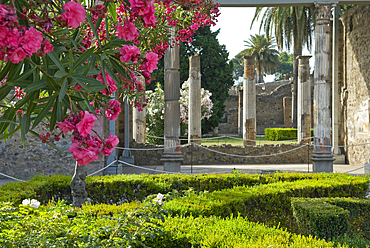
House of the Faun, archaeological site of Pompeii, UNESCO World Heritage Site, province of Naples, Campania, Italy, Europe
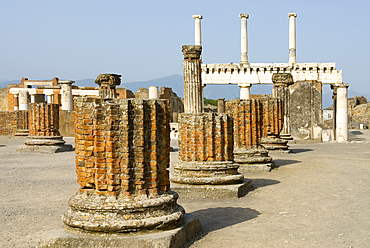
Columns surrounding the Forum, archaeological site of Pompeii, UNESCO World Heritage Site, province of Naples, Campania, Italy, Europe
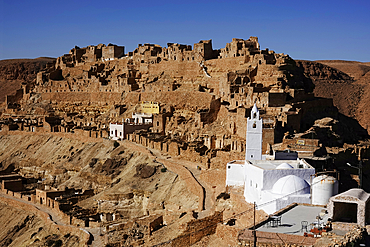
The hilltop town of Chenini, known for its Berber troglodyte structures, Tataouine region, southern Tunisia
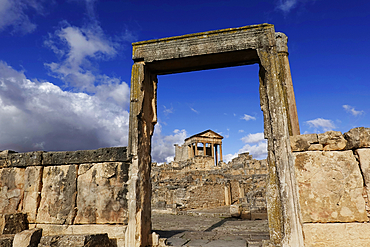
The ruins of the Roman town of Dougga, a UNESCO World Heritage site, valley of Oued Khalled, northwest Tunisia
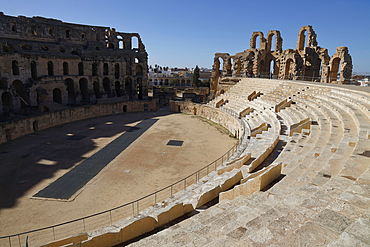
The Roman amphitheatre of El Jem, a UNESCO World Heritage site, is an oval amphitheatre in the modern-day city of El Jem, Tunisia (formerly Thysdrus in the Roman province of Africa)
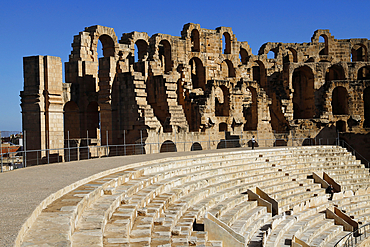
The Roman amphitheatre of El Jem, a UNESCO World Heritage site, is an oval amphitheatre in the modern-day city of El Jem, Tunisia (formerly Thysdrus in the Roman province of Africa)
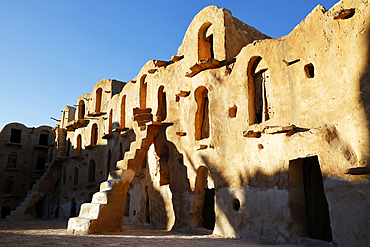
Ksar Ouled Soltane, a fortified granary, Tataouine district, southern Tunisia. The ksar is spread out over two courtyards, each of which has a perimeter of multi-story vaulted granary cellars, or ghorfas.
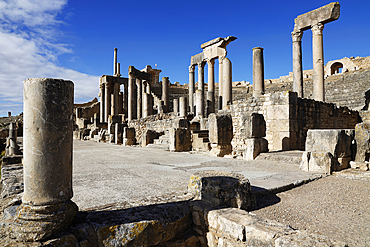
The ruins of the Roman town of Dougga, a UNESCO World Heritage site, valley of Oued Khalled, northwest Tunisia
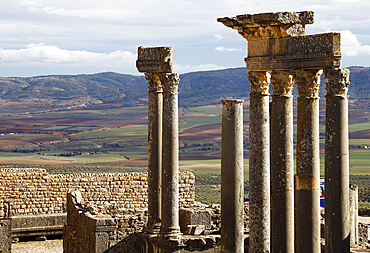
The ruins of the Roman town of Dougga, a UNESCO World Heritage site, valley of Oued Khalled, northwest Tunisia
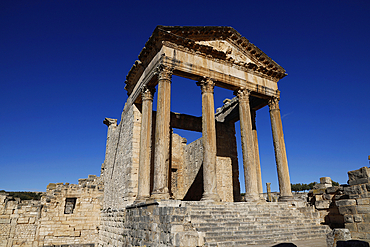
The ruins of the Roman town of Dougga, a UNESCO World Heritage site, valley of Oued Khalled, northwest Tunisia
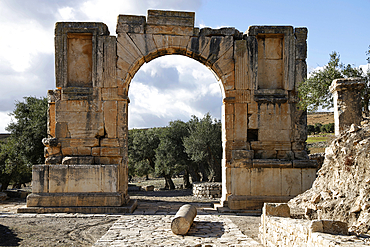
The ruins of the Roman town of Dougga, a UNESCO World Heritage site, valley of Oued Khalled, northwest Tunisia
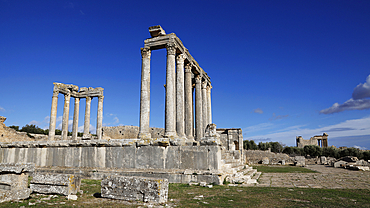
The ruins of the Roman town of Dougga, a UNESCO World Heritage site, valley of Oued Khalled, northwest Tunisia
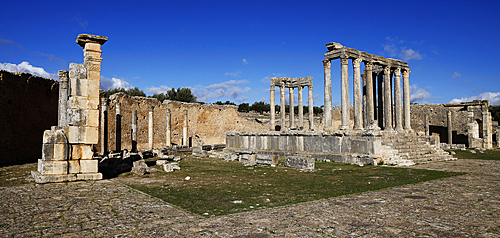
The ruins of the Roman town of Dougga, a UNESCO World Heritage site, valley of Oued Khalled, northwest Tunisia
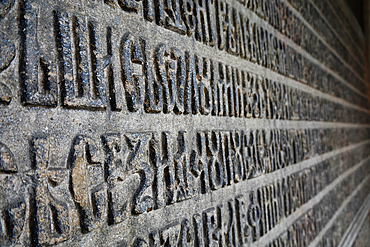
The tiny 18th-century Stavropoleos Church is one of the most beautiful religious monuments in the capital of Romania. Tucked away between taller buildings in Bucharest´s Old Town, the monument was originally part of Stavropoleos Monastery
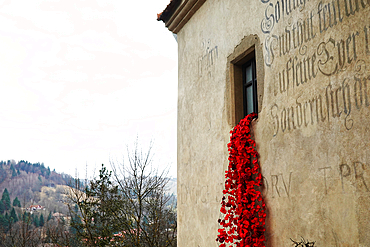
Bran Castle, Bran, near Brasov, Transylvania. The castle was built by Saxons in 1377 who were given the privilege by Louis I of Hungary. It is a national monument and landmark in Transylvania and famous for its association with the Dracula story.

Bran Castle, Bran, near Brasov, Transylvania. The castle was built by Saxons in 1377 who were given the privilege by Louis I of Hungary. It is a national monument and landmark in Transylvania and famous for its association with the Dracula story
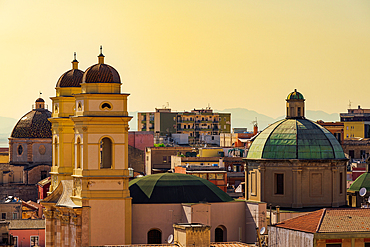
Panoramic view of Collegiate Church of Sant Anna with dome and bell towers, Cagliari, Sardinia, Italy, Mediterranean, Europe
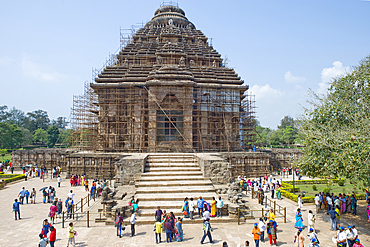
Pilgrims at east sunrise-facing entrance to mid 13th century Sun Temple, dedicated to Surya, the Hindu Sun God, constructed as a twelve-wheeled chariot drawn by seven horses, UNESCO World Heritage Site, Konarak, Puri District, Odisha, India, Asia
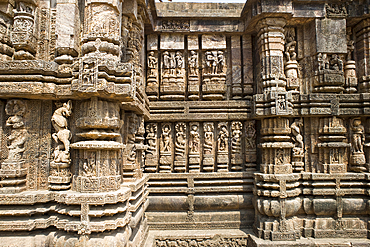
The mid 13th century Sun Temple, dedicated to Surya, the Hindu Sun God, constructed as a twelve-wheeled chariot drawn by seven horses, UNESCO World Heritage Site, Konarak, Puri District, Odisha, India, Asia
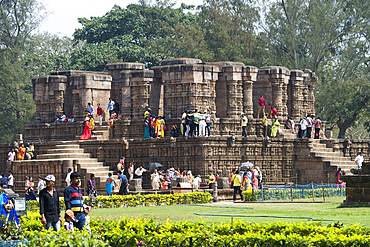
Pilgrims among ruins in the grounds of the mid 13th century Sun Temple, dedicated to Surya, the Hindu Sun God, constructed as a twelve-wheeled chariot drawn by seven horses, UNESCO World Heritage Site, Konarak, Puri District, Odisha, India, Asia
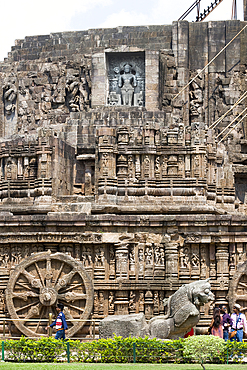
The mid 13th century Sun Temple, dedicated to Surya, the Hindu Sun God, constructed as a twelve-wheeled chariot drawn by seven horses, UNESCO World Heritage Site, Konarak, Puri District, Odisha, India, Asia
